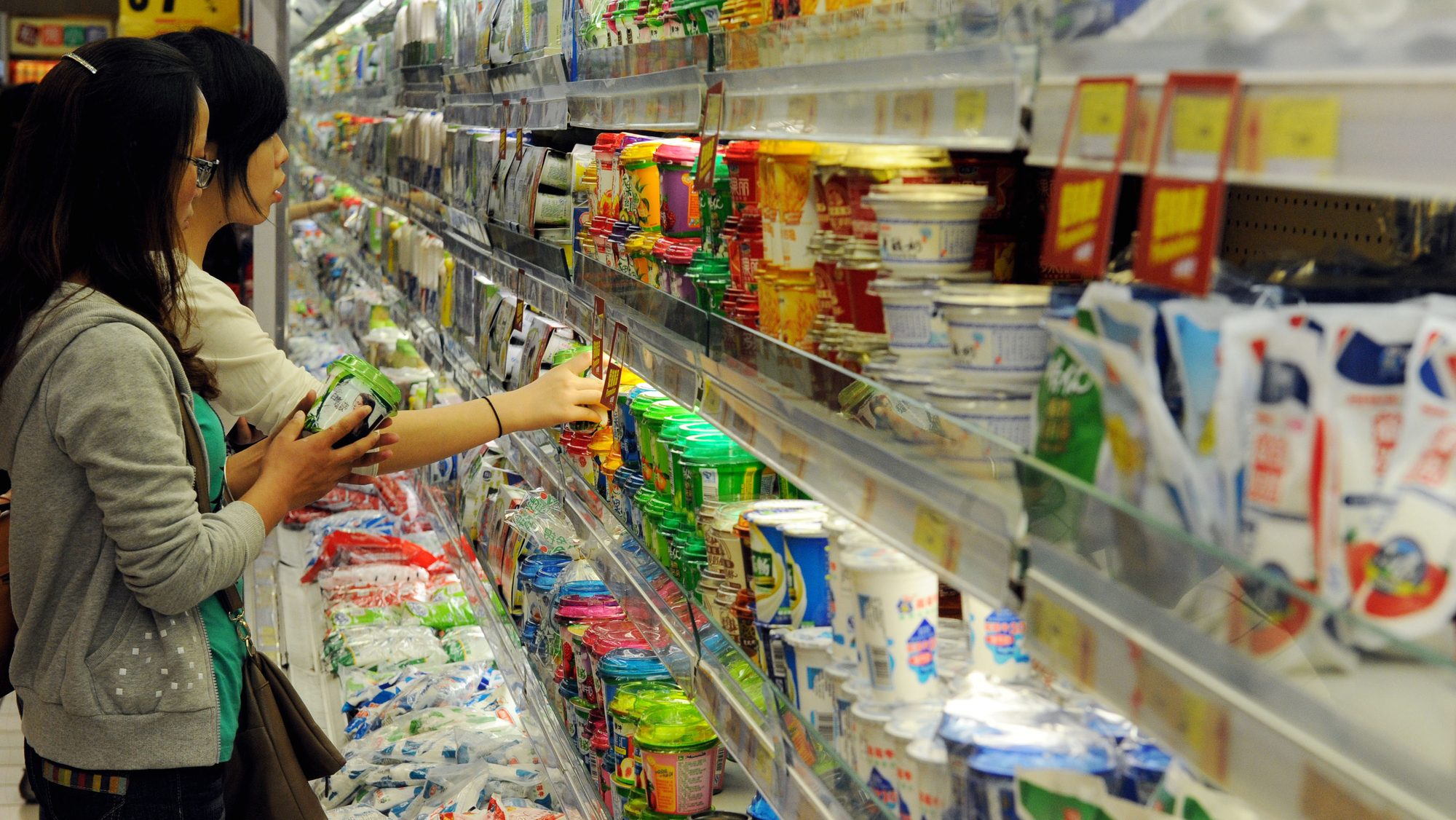SOUTH EAST ASIA: Recent data reveals that China’s export engines are running at full throttle, with Southeast Asia emerging as a key destination for its growing product shipments.
According to a Channel News Asia story, this shift comes as Chinese products face diminishing appeal in Western markets, particularly due to mounting geopolitical tensions and the potential return of a Trump-led presidency in the United States.
While this pivot to Southeast Asia brings both opportunities and challenges, it underscores the need for the region to strategize and coordinate its responses to China’s expanding influence.
The perks – affordable goods and consumer benefits
For Southeast Asia’s consumers, the influx of Chinese goods has largely been positive.
Items like textiles, electronics, and even high-tech products such as electric vehicles and solar panels are often more affordable than locally made alternatives, offering consumers better variety at lower costs.
These products, particularly electric vehicles, have even begun to shift perceptions about the quality of Chinese-made goods, once dismissed as inferior.
As the ASEAN region becomes an increasingly important market for China, these benefits are likely to grow, giving consumers a broader array of value-for-money choices.
The pitfalls – local industries struggling to compete
While consumers enjoy the lower prices, local industries are feeling the strain.
In countries like Indonesia and Thailand, businesses in sectors such as textiles, ceramics, and manufacturing are struggling to survive amidst the onslaught of cheaper Chinese imports.
Profit margins are being squeezed, leading to plant closures and significant job losses. In Indonesia alone, over 50,000 jobs were lost in the textile and garment industries due to factory closures, while Thailand saw around 2,000 factories shut down between 2023 and 2024.
For these countries, China’s export glut poses a stark challenge to their local economies, amplifying the urgency for a coordinated regional response.
Navigating the geopolitical landscape – a call for coordination
As the volume of Chinese exports to Southeast Asia continues to rise, the need for regional cooperation becomes more critical.
Countries in the region must navigate their varied stages of development and differing economic needs to find a balanced approach to managing the influx of Chinese goods.
Analysts warn that without a unified strategy, the consequences of this growing trade imbalance could harm Southeast Asia’s economic fabric, causing more friction with China as the region becomes an increasingly crucial market.
Though countries like Vietnam and Thailand have taken steps such as imposing anti-dumping tariffs, these actions are unlikely to address the issue comprehensively.
A more coordinated response is essential, not only to protect local industries but to ensure that Southeast Asia maximizes the potential benefits of deeper economic integration with China.
For this to happen, countries must foster innovation, strengthen domestic industries, and implement targeted policies that level the playing field while carefully managing their relationships with Beijing to avoid economic retaliation.
Path forward – opportunities and cautions for ASEAN
Southeast Asia stands at a crossroads. While the region’s growing economic ties with China offer significant opportunities—especially in areas like technology and infrastructure—there is also the risk of becoming too reliant on China’s excess production.
The challenge will lie in balancing these benefits with the protection of local industries and jobs.
As some analysts suggest, Southeast Asia’s future success in this complex economic landscape will depend on its ability to adapt strategically, using innovation, policy coordination, and regional unity as tools to ensure that it remains a resilient player in the global economy, rather than a passive recipient of China’s export glut.

